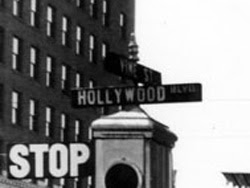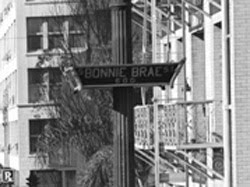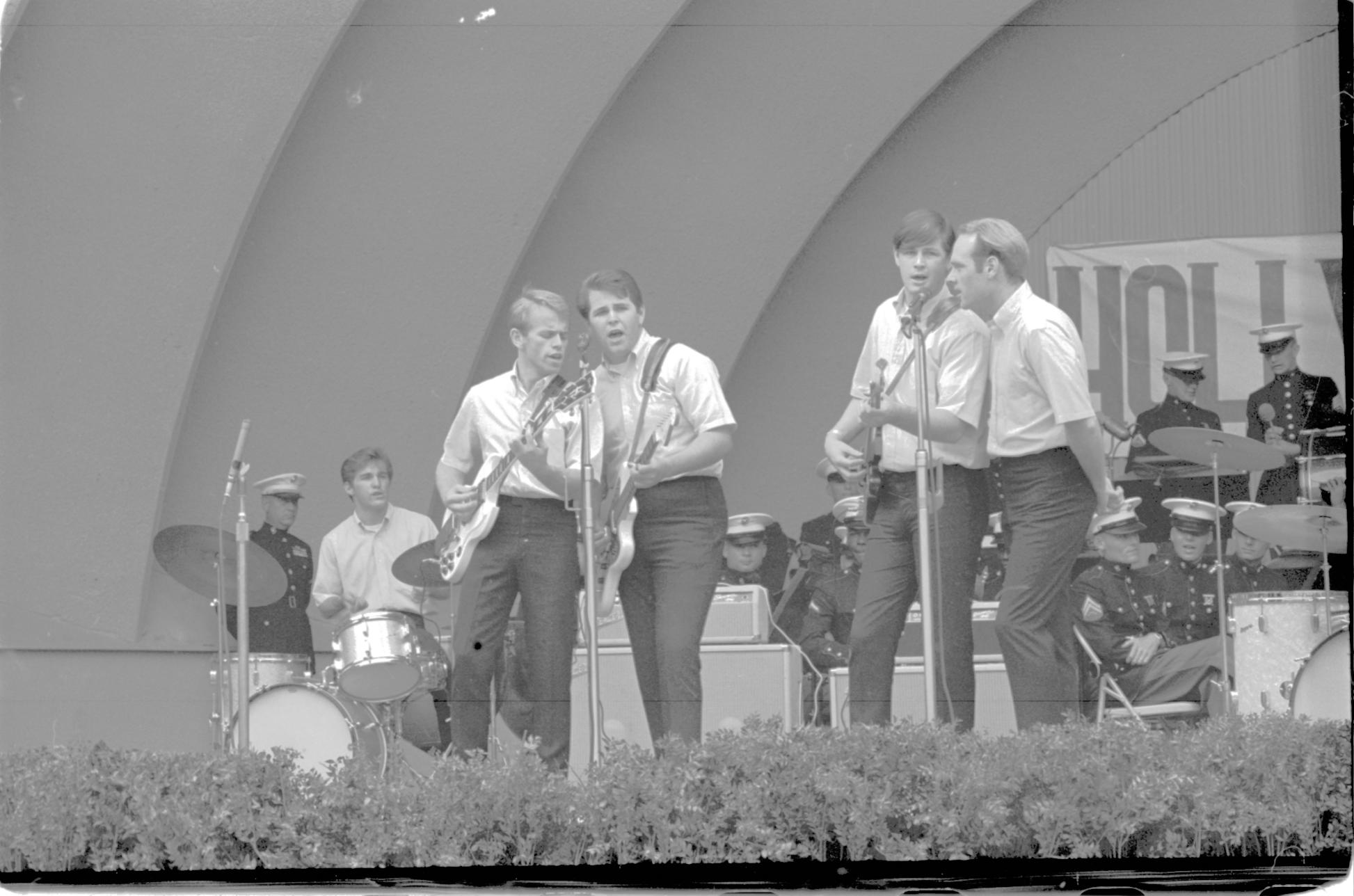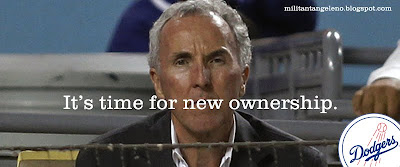Anyways, a few of the comments from the "Signs" post asked about pre-1946 Los Angeles street signs. He doesn't have the historical background on these, but he figured it would be cool to at least show you what they looked like, so here goes. Only because The Militant loves all y'all [snif...]. Back in time we go!
 The "Plank" Sign: This was the sign that the "Shotgun" signs replaced. Incidentally, this exact sign, taken in 1947, was eventually replaced in the 1970s by the Blue Blade example from last week's post. These simple rectangular signs featured white letters on a black background, with the street type, abbreviated, shown in smaller font. No block number or direction were indicated. Apparently these became obvious collector's items -- one sign from Scott Avenue in Echo Park currently lives in someone's backyard.
The "Plank" Sign: This was the sign that the "Shotgun" signs replaced. Incidentally, this exact sign, taken in 1947, was eventually replaced in the 1970s by the Blue Blade example from last week's post. These simple rectangular signs featured white letters on a black background, with the street type, abbreviated, shown in smaller font. No block number or direction were indicated. Apparently these became obvious collector's items -- one sign from Scott Avenue in Echo Park currently lives in someone's backyard. The "Four-Sided Trapezoid" Sign: This example, which may or may not have been a City standard sign, was taken in 1937 on the corner of Bonnie Brae Street and Wilshire Blvd (below the street sign was a speed limit sign indicating 20 mph...so times haven't really changed, lol) in the Westlake District. The sign was placed on a lamp post and has four sides, two of which indicate the street the sign face is parallel to. The sign had white letter on a dark (black we assume) background, and featured the street name in large all-caps typeface, street type in smaller typeface and the block number at the bottom. It was also made of wood, and is so far is the only example the Militant has seen, so it may or may not be unique to the Wilshire Blvd corridor.
The "Four-Sided Trapezoid" Sign: This example, which may or may not have been a City standard sign, was taken in 1937 on the corner of Bonnie Brae Street and Wilshire Blvd (below the street sign was a speed limit sign indicating 20 mph...so times haven't really changed, lol) in the Westlake District. The sign was placed on a lamp post and has four sides, two of which indicate the street the sign face is parallel to. The sign had white letter on a dark (black we assume) background, and featured the street name in large all-caps typeface, street type in smaller typeface and the block number at the bottom. It was also made of wood, and is so far is the only example the Militant has seen, so it may or may not be unique to the Wilshire Blvd corridor. The "Paddle" Sign: Speaking of Wilshire Blvd, this sign was taken at Wilshire and Bronson Ave, circa early 1920s. They were affixed to opposite sides of a light pole and have black letters on a white background. No street type, block number or direction were indicated.
The "Paddle" Sign: Speaking of Wilshire Blvd, this sign was taken at Wilshire and Bronson Ave, circa early 1920s. They were affixed to opposite sides of a light pole and have black letters on a white background. No street type, block number or direction were indicated.So there you go! Hope you dig it. Meanwhile, the Militant will be in search of photos (well, more likely paintings) of 19th-century street signs, and maybe even Mexican and Spanish-era signs! That would be hardcore!










